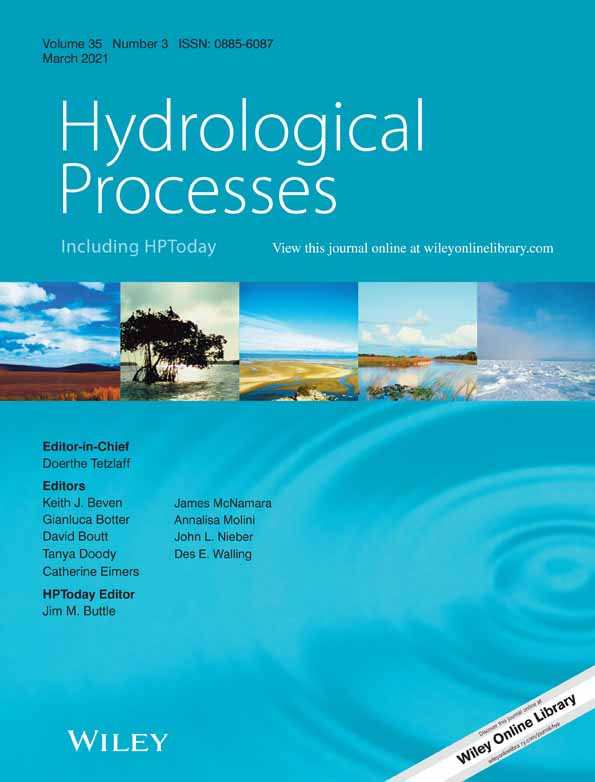Evaluation of the temporal variations of groundwater storage and its interactions with climatic variables using GRACE data and hydrological models: A study from Turkey
Abstract
Monitoring of the fluctuations of groundwater storage is particularly important in arid and semi-arid regions where water scarcity brings about various challenges. Remote sensing data and techniques play a preponderant role in developing solutions to environmental problems. The launch of Gravity Recovery and Climate Experiment (GRACE) satellites has eased the remote monitoring and evaluation of groundwater resources with an unprecedented precision over large scales. Within the scope of the current study, the latest release (RL06) of GRACE mass concentrations (Mascons) from Jet Propulsion Laboratory (JPL) dataset as well as Global Land Data Assimilation System (GLDAS) models of Noah and Catchment Land Surface Model (CLSM) were used to provide Groundwater Storage Anomalies (GWSA) over Turkey. The temporal interactions of the estimated GWSA with the climatic variables of precipitation and temperature (derived from the reanalysis datasets of CHELSA [Climatologies at High resolution for the Earth's Land Surface Areas] and FLDAS [the Famine Early Warning Systems Network Land Data Assimilation System], respectively) were investigated statistically. The results suggest that there is a descending trend (from 2003 to 2016) for Terrestrial Water Storage Anomalies (TWSA) and GWSA over Turkey with a total loss of 11 and 6 cm of water, respectively. The statistical analysis results also indicate that the monthly variations of GWSA over Turkey are highly correlated with precipitation and temperature at 2-month lag. The analysis of the climatology (long-term) values of monthly GWSA, precipitation and temperature also revealed high agreement between the variables.
Open Research
DATA AVAILABILITY STATEMENT
The data that support the findings of this study are available from the corresponding author upon reasonable request.




